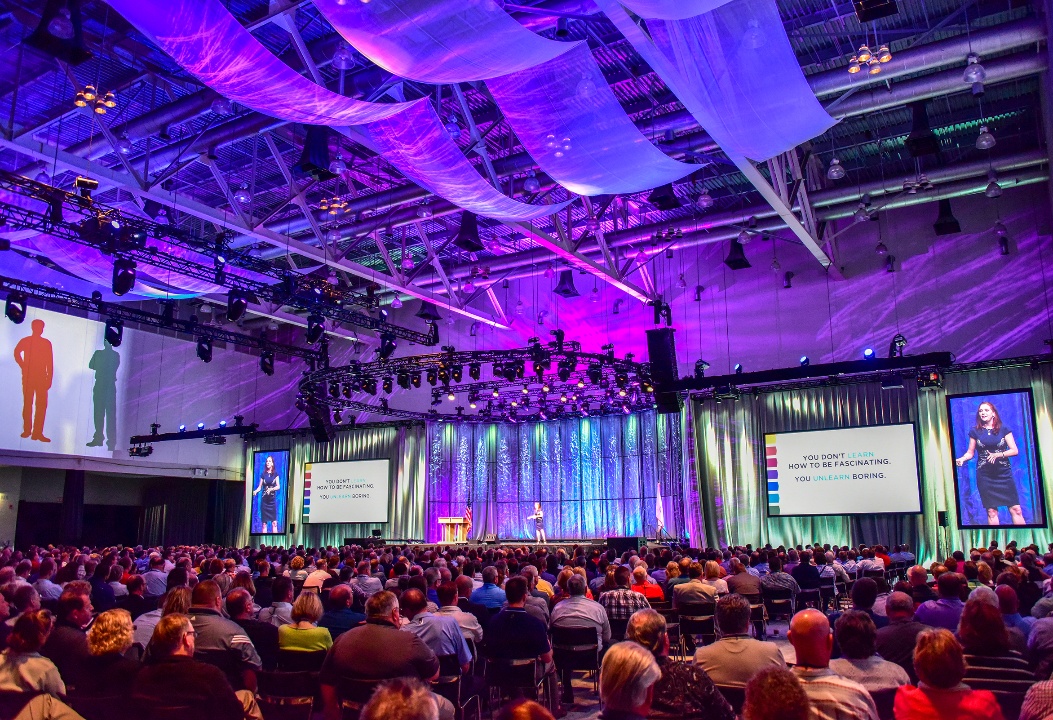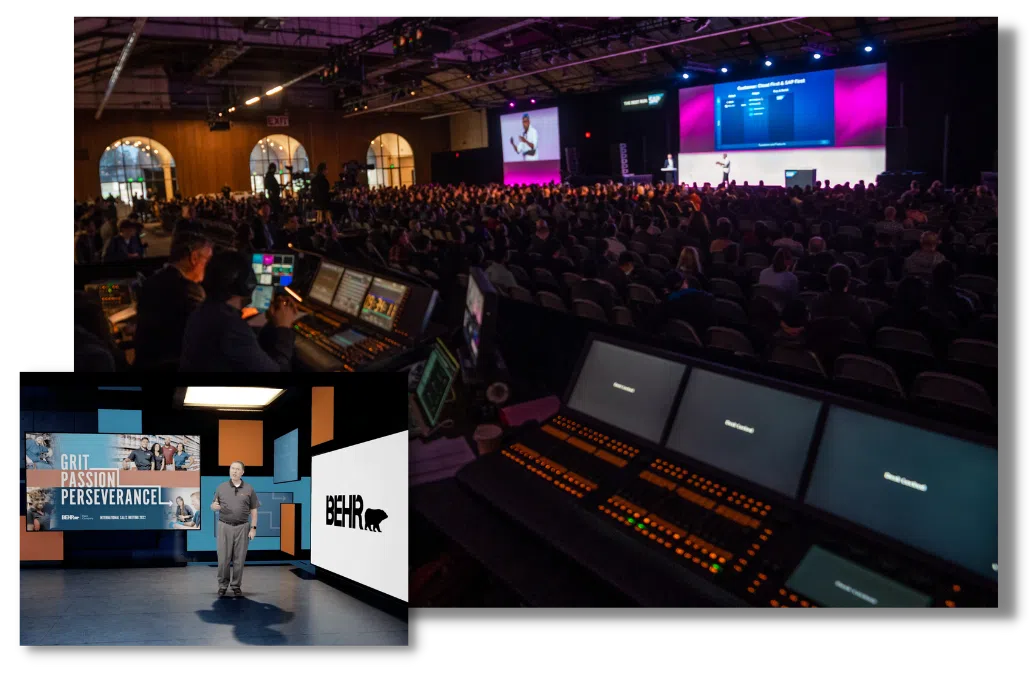Why Event Resource Solutions Are Important for Seamless Event-Driven Architectures
In the realm of modern software program growth, event-driven architectures are significantly common, yet their efficiency pivots on the application of durable event source options. As markets change in the direction of real-time data handling, recognizing the effects of occasion sourcing comes to be necessary.
Understanding Event-Driven Designs
Event-driven designs (EDAs) stand for a paradigm shift in making software systems, where the flow of details is identified by the incident of events. This architectural style promotes a decoupled method, allowing different components to connect asynchronously. In EDAs, events offer as the main means of communication, causing procedures or operations in feedback to certain events, such as customer activities or system changes.
The key elements of an EDA include event producers, which generate occasions; event consumers, which react to events; and event channels, which facilitate the transmission of events in between producers and consumers. This framework improves system responsiveness and scalability, as elements can separately process events without the requirement for concurrent communication.
Moreover, EDAs allow real-time data handling, making them appropriate for applications needing instant insights-- such as fraudulence discovery in monetary systems or monitoring IoT tools. They also sustain a more nimble growth atmosphere, allowing groups to iterate promptly and release new attributes with very little disruption to existing services.
The Function of Event Resource Solutions
While different parts in an event-driven design rely on effective communication, event resource services play a crucial role in producing and taking care of the circulation of occasions. These services work as the preliminary point of occasion production, recording changes in state or user actions and equating them right into occasions that can be circulated through the system.

Furthermore, they facilitate the decoupling of producers and consumers within a design, permitting systems to scale separately. This decoupling is vital for enhancing system durability, as it decreases dependencies that can or else lead to traffic jams or solitary points of failing.
Advantages of Real-Time Data Processing
Real-time data handling significantly enhances the abilities of event-driven architectures by making it possible for prompt insights and activities based on the most recent details (your event source charlotte). This immediacy not only accelerates decision-making yet likewise enhances the importance and precision of those decisions. Organizations can react to events as they happen, reducing latency and boosting operational dexterity
Among the primary benefits of real-time information processing is the capacity to record and evaluate data constantly. This facilitates aggressive procedures instead of responsive responses, enabling services to prepare for fads and prospective concerns prior to they escalate. In markets such as financing or ecommerce, real-time analytics can determine illegal purchases or consumer actions modifications, allowing quick interventions that reduce risk and his explanation optimize client fulfillment.

Inevitably, the integration of real-time data processing into event-driven designs encourages organizations to harness the complete capacity of their data, driving development and competitive advantage in a progressively dynamic market.
Enhancing System Interaction
Effective interaction between systems is critical for the success of any kind of event-driven design. Occasion resource Read More Here services promote this interaction by providing a durable structure for catching and transferring occasions in actual time. By standardizing how systems generate and eat occasions, these remedies remove uncertainty and foster interoperability, enabling disparate systems to collaborate effortlessly.
Using event streams enables systems to respond immediately to adjustments, ensuring that all parts are straightened and educated. This responsiveness is necessary in settings where timely data exchange straight influences decision-making and general system performance. Event resource services use devices for occasion filtering system, change, and directing, boosting the efficiency of data flow in between systems.
Additionally, by executing a publish-subscribe design, event source services decouple system elements, permitting higher versatility and scalability. This decoupling means that systems can evolve individually, making it simpler to integrate brand-new performances or replace existing elements without interfering with general communication.
Future Trends in Occasion Sourcing


Another considerable fad is the surge of cloud-native occasion sourcing remedies. These platforms utilize the scalability and flexibility of cloud facilities, enabling companies to successfully take care of and save vast quantities of occasion information without the expenses of typical systems. This change advertises greater availability and partnership throughout teams.
Additionally, the adoption of microservices style is affecting occasion sourcing methods. As services significantly sector their applications right into smaller, independent solutions, event sourcing gives a durable device to preserve data consistency and stability throughout these dispersed systems.
Verdict
In final thought, event resource remedies work as a critical foundation for smooth event-driven architectures, allowing effective occasion generation and administration. By helping with asynchronous interaction in between parts, these options improve system strength and advertise the independent evolution of solutions. The benefits of real-time data handling and improved system interaction underscore the significance of adopting occasion sourcing methodologies. As the need for durable distributed systems boosts, the significance of occasion resource services will proceed to grow, shaping the future of event-driven style.